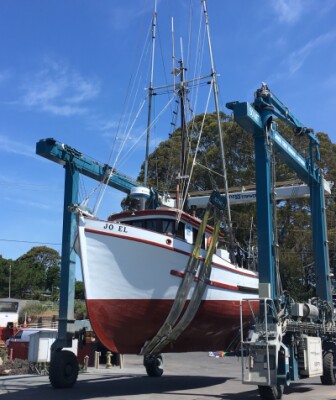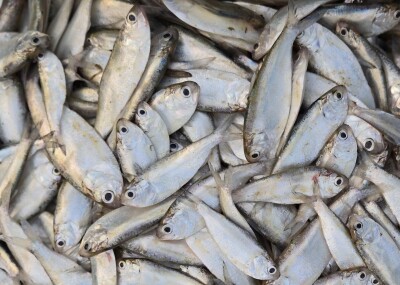Oct. 18 — If Heather Hardcastle had her way this summer, she would have been working on her family’s commercial fishing vessel on Alaska’s Taku River with her husband and father, hauling in sockeye, pink and chum salmon.
Instead she has been leading a campaign to protect waters they believe face contamination threats upstream in British Columbia, where mineral mines are in various stages of being proposed, getting permits or in operation.
“My parents have always told me—we still talk about this—you have to respect the salmon,” she said. “Salmon has given us our livelihood, it’s given us our family and it’s given us our sense of place. This is all about the place and the salmon make the place.”
Fishing is the largest private sector industry in southeast Alaska. One of the state’s most productive salmon runs is here in three bountiful rivers: Stikine, Taku and Unuk, where hundreds of thousands of salmon return each summer. The watersheds are worth close to $48 million annually to the fishing industry, according to a recent economic analysis.






